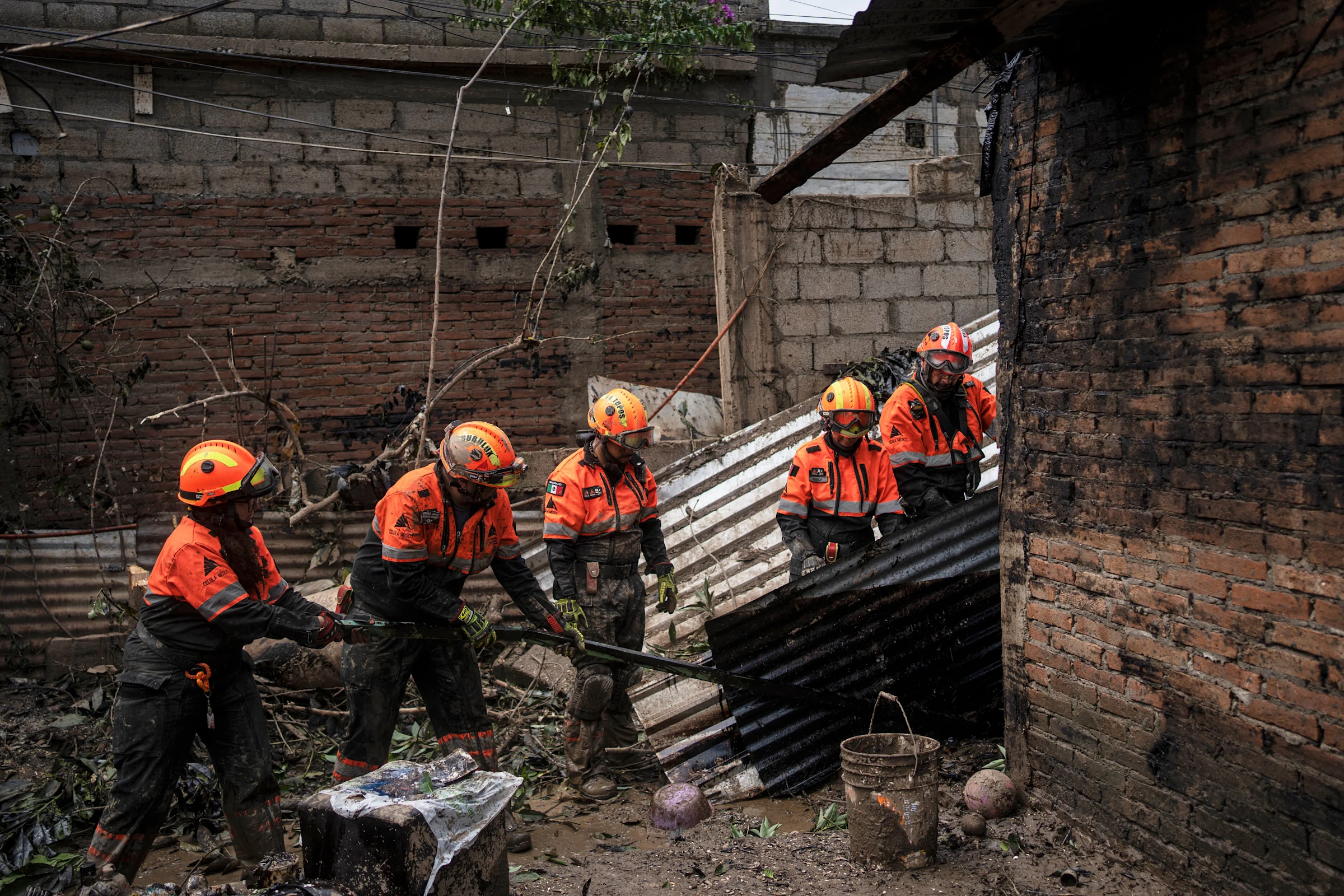International
The energy supply, a challenge to attract the investments that Trump is looking for to the United States
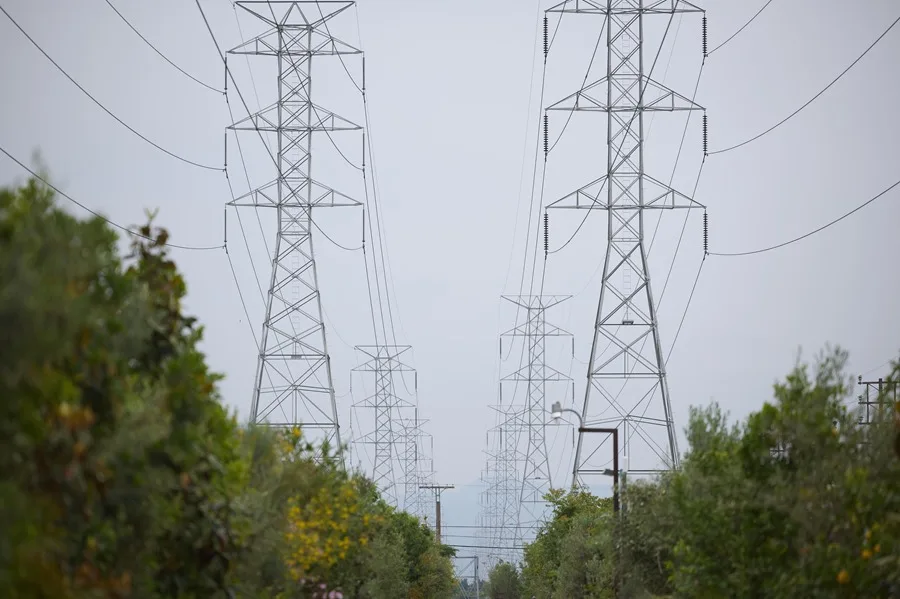
The United States seeks to promote foreign direct investment at a time of optimism, driven by the will of Donald Trump’s Government to generate jobs in manufacturing and other sectors. One of the main challenges pointed out by regional representatives is the large-scale supply of energy.
“Thanks to the Trump Administration, our flow of possible (investment) agreements is greater today than it has ever been,” Mississippi Governor Tate Reeves said categorically at the SelectUSA investment summit, an event that usually attracts more than 5,000 participants and that this year local authorities face with special enthusiasm to the policies of the federal government.
“It is obvious that we are not going to achieve all those investment contracts, but I think that our economy will continue to thrive in the current panorama,” added Reeves, who leads a state that concentrates plants of companies such as Toyota, Rolls Royce or Airbus and who wants to attract capital from new sectors, such as data centers.
Although Trump has applied tariff pressures to encourage foreign investment, several multinational executives highlighted the “good time” to invest in the US, both for regulatory agility and for the protection of intellectual property.
Siemens CEO Barbara Humpton said the country is experiencing a “vibrant era,” highlighting government initiatives in technology, artificial intelligence and high-speed rail. Siemens has focused recent investments in the manufacture of trains in North Carolina and electrical equipment in Texas and California, essential for data centers.
The high energy demand of these servers represents a great challenge, especially for the state of Virginia, the largest data center hub in the world.
“The demand for energy will not decrease, but quite the opposite,” said its Secretary of Commerce, Juan Pablo Segura, who highlighted initiatives such as the development of new generation nuclear reactors.
“We want that reactor to be operating by 2030, and with our current regulatory framework I think we can achieve it,” he added.
One of the great objectives of the Trump Administration in terms of energy is to make a plan that has been developing for years and that has encountered obstacles in terms of economic viability, to build a pipeline that allows to supply from Alaska 20 million tons of liquefied natural gas (LNG) each year to Japan, South Korea, Taiwan, Vietnam or Thailand.
The idea is to transport natural gas from North Slope, the northernmost region of the United States, to the port of Nikiski, from where it would be liquefied and sent by ship to Asia in a journey of about 8-9 days, almost four times less than what it takes to arrive the Texas LNG that the US sells to this region of the world.
The problem is that the construction of a gas pipeline almost 1,300 kilometers long in such a remote area has been estimated at about 44 billion dollars (about 39,641 million euros).
In any case, the governor of Alaska, Mike Dunleavy, believes that given the current scenario, the gas could already be “flowing” in 2028, as he said on the opening day of this summit that concludes on Wednesday.
“Tariffs and trade have changed the equation,” he admitted regarding the reluctance shown so far by the major buyers of US LNG in the region, Japan and South Korea, two countries whose economy depends in turn greatly on what they export to the US and that are negotiating these days so that Trump’s threat to impose tariffs of 24% and 25%, respectively, does not come true.
International
Armed forces target illegal mines in Northern Ecuador with bombing raids

Ecuador’s Armed Forces carried out an operation on Monday — including airstrikes — against illegal mining in the town of Buenos Aires, in the country’s north, Defense Minister Gian Carlo Loffredo reported.
The mountainous, gold-rich area has been a hotspot for illegal mining since 2017, located in the Andean province of Imbabura.
In 2019, former president Lenín Moreno deployed around 2,400 soldiers to the region in an attempt to curb the illegal activity. “The operation began with mortar fire, followed by gunfire and bombing runs by Supertucano aircraft,” Loffredo said in a video released by the Defense Ministry.
He added that the operation would continue on Tuesday with patrols across the area to locate possible members of “irregular armed groups that may have crossed from the Colombian border.”
The Armed Forces stated on X that the intervention focused on the “complete elimination of multiple illegal mining tunnels” in the areas known as Mina Nueva and Mina Vieja.
The operation coincided with the deployment of a military and police convoy into Imbabura, which has been the epicenter of protests against President Daniel Noboa since September 22, following his decision to scrap the diesel subsidy.
International
Caracas shuts embassy in Oslo without explanation following Machado’s Nobel win

Venezuela has announced the closure of its embassy in Norway, just days after opposition leader María Corina Machado was awarded the Nobel Peace Prize. The Norwegian Ministry of Foreign Affairs said the Venezuelan diplomatic mission provided no explanation for its decision on Monday.
“It is regrettable,” a ministry spokesperson said. “Despite our differences on several issues, Norway wishes to keep the dialogue with Venezuela open and will continue to work in that direction.” The ministry also emphasized that the Nobel Committee operates entirely independently from the Norwegian government.
In its announcement, the Nobel Committee stated that Machado met the criteria established by Alfred Nobel, “embodying the hope for a different future, where the fundamental rights of Venezuelans are heard.”
International
Sheinbaum: Urgent to restore access to towns cut off by heavy rains
-
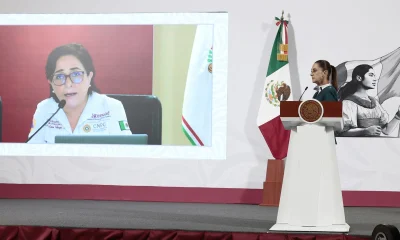
 International1 day ago
International1 day agoMexico reports 64 dead, 65 missing after devastating central region floods
-

 Central America1 day ago
Central America1 day agoGuatemala arrests first escaped gang member after Barrio 18 prison break
-

 International4 days ago
International4 days agoMaría Corina Machado calls 2025 Nobel Peace prize a victory for venezuelan people
-
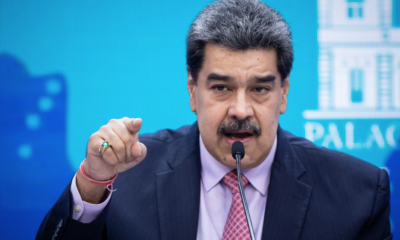
 International1 day ago
International1 day agoVenezuela calls for continued global pressure to secure ‘just peace’ for Palestine
-

 International1 day ago
International1 day agoPope Leo XIV to skip COP30 in Brazil but plans future visit, Lula confirms
-

 International4 days ago
International4 days agoNetanyahu says Trump deserved 2025 Nobel Peace prize
-
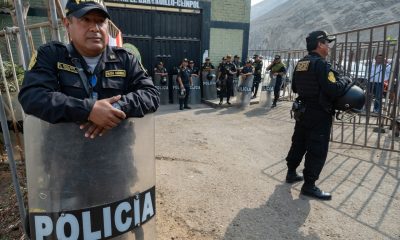
 International3 days ago
International3 days agoPeruvian president Jerí leads prison raids to tackle organized crime
-
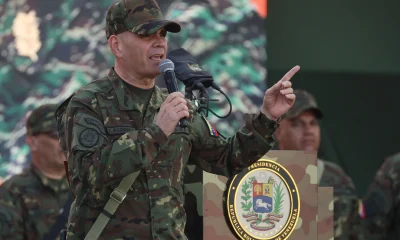
 International3 days ago
International3 days agoVenezuela launches ‘Independence 200’ defense plan amid U.S. naval presence
-
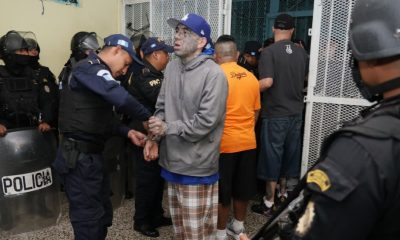
 Central America2 days ago
Central America2 days agoFraijanes II prison in Guatemala reports gradual escape of 18th Street gang inmates
-
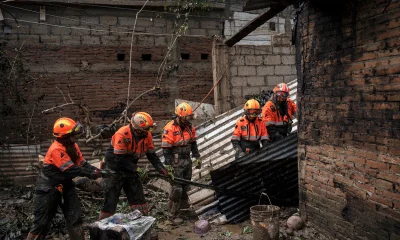
 International11 hours ago
International11 hours agoSheinbaum: Urgent to restore access to towns cut off by heavy rains
-

 International2 days ago
International2 days agoHeavy rains leave dozens dead in Hidalgo, Puebla, and Veracruz
-
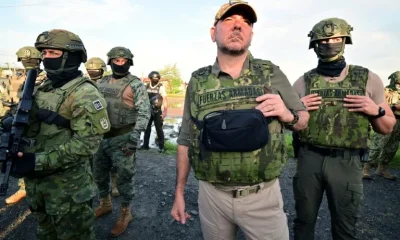
 International11 hours ago
International11 hours agoArmed forces target illegal mines in Northern Ecuador with bombing raids
-

 International11 hours ago
International11 hours agoVenezuelan media faces fresh restrictions after reporting on opposition leader’s Nobel win
-

 International11 hours ago
International11 hours agoCaracas shuts embassy in Oslo without explanation following Machado’s Nobel win

























